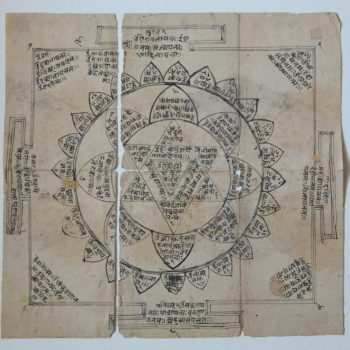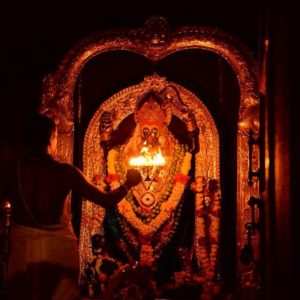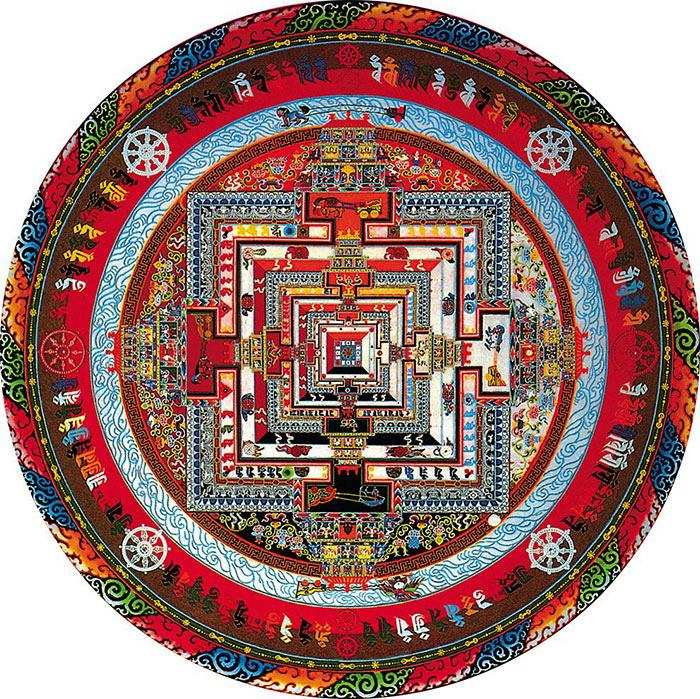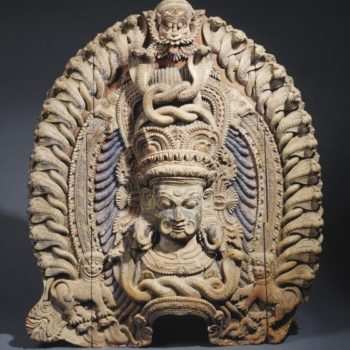While many Vedantic schools have fought over the ontological and philosophical status of Maya, in Shakta worldview Maya is the creative power of the Supreme. It is by acts of exclusive concentration that the Supreme is able to create a world of apparent divergence on the substratum of the Brahman. The gods are different from…





